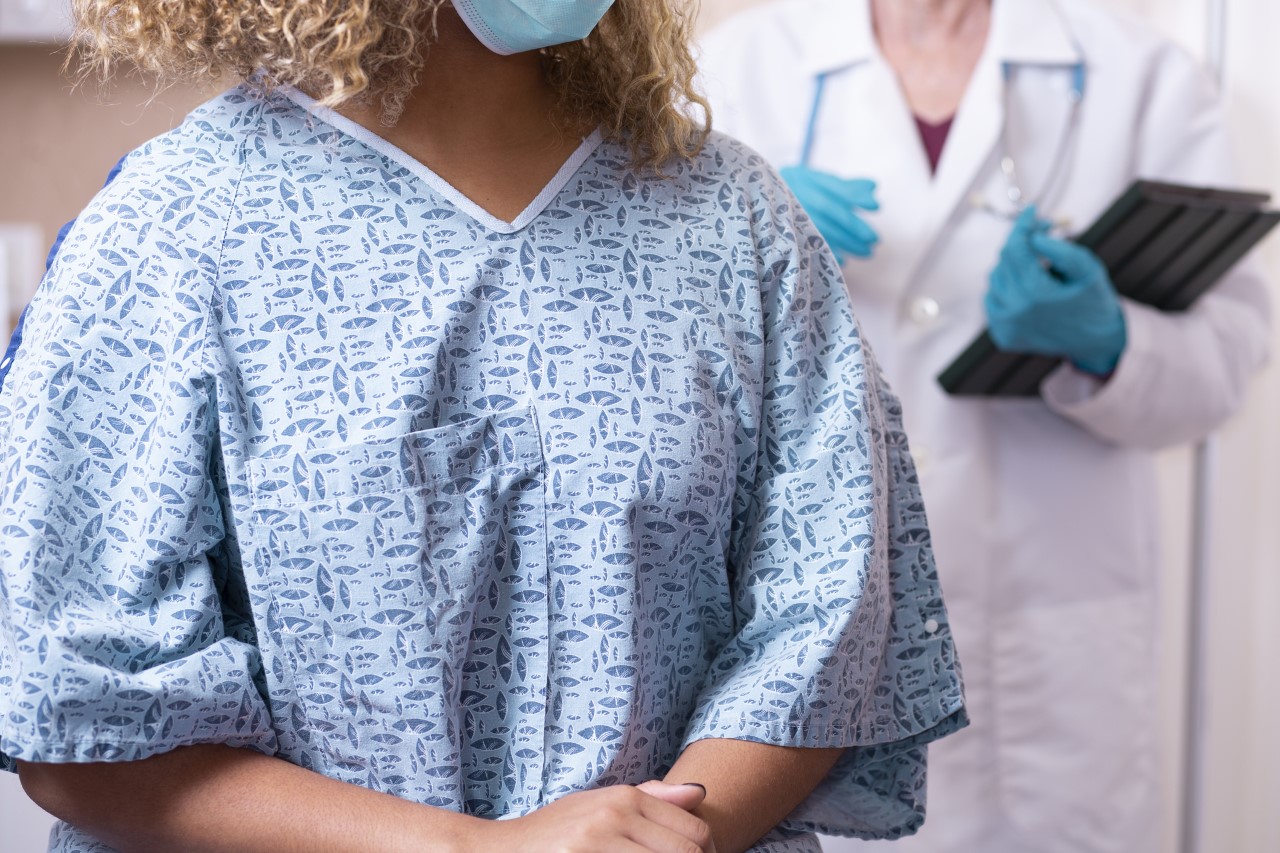
According to the American Cancer Society, breast cancer is the most common cancer diagnosed in women and the second leading cause of death among women behind lung cancer.
While there is no way to prevent breast cancer, there are several ways to lower your risk, including being vigilant about breast cancer detection. In addition to monthly breast self-exams that can help you become familiar enough with your breasts to notice any changes, a screening mammogram is the best way to detect breast cancer at an early stage.
What is a Mammogram?
When breast cancer is discovered early, more treatment options are available and long-term survival rate increases. A mammogram is the best tool for early discovery.
A mammogram is a low-dose X-ray screening imaging test that allows doctors and radiologists to detect abnormal areas in the breast, often before they can be felt.
There are two types of mammograms: screening and diagnostic.
How Does a Mammogram Work?
A mammogram is a machine that is designed to look at breast tissue. The mammogram machine has two plates that flatten the breast, spreading the tissue apart in order for a high-quality X-ray to be taken. This process is repeated for each breast.
Most women feel some discomfort, but every woman's breasts are different, so discomfort, sensitivity, and pain vary. The actual X-ray process only takes a few moments.
What Does a Mammogram Detect?
Mammograms detect potential signs of breast cancer or problem areas of the breast, including:
- Masses, which are apparent irregularities in the breast tissue, distinct in both shape and size. Cysts are common masses found in the breast. These are benign sacs of fluid that pose no risk of breast cancer. Solid masses, on the other hand, may require a biopsy.
- Calcifications, which appear as white dots in the breast tissue, are calcium deposits caused by numerous factors. Aging, blood flow in the breast, and inflammation can all cause calcifications.
2D versus 3D Mammogram
2D mammograms provide a two-dimensional picture of the breast. 3D mammography (tomosynthesis), a technology approved by the FDA in 2011, used in collaboration with 2D allows radiologists to view multiple images in slices so they can see multiple layers of the breast. This is especially helpful for women who have dense breast tissue. At Summit Health, all of our screening mammograms are 3D mammograms.
When Should I Get a Mammogram?
There are different guidelines set forth by various organizations for women ages 40-49, so you should discuss benefits and risks with your provider. All guidelines recommend regular screening after age 50. Women who have a family history of breast cancer may be advised to start screening at a younger age.
Mammogram Tips
Knowing what to expect may ease some of the anxiety for a first-time breast scan.
- Do not wear deodorant. Wearing deodorant during your mammogram can cause white spots on the X-ray image.
- Wear something comfortable. You'll have to strip down to the waist for your mammogram, so it is best to dress in pants and something comfortable that you can easily change in and out of.
- Period timing. Depending on the time of the month, areas of your breast could be more sensitive, making the X-ray a bit more uncomfortable. It is recommended that you schedule your mammogram just after your period.
COVID-19 Vaccines and Mammograms: What to Know
Vaccines can cause normal reactive enlargement of lymph nodes on the side of the injection. This can be interpreted as an abnormality on the screening mammogram or sonogram and cause the patient to have to return for additional imaging and/or follow-up exams. Ideally, you should wait at least four weeks after COVID-19 vaccination to schedule your mammogram unless your provider recommends a more urgent exam.
You can learn more in the Safety & Effectiveness section of our FAQ on our COVID-19 vaccine program page. Once there, navigate to the question, "What side effects have been reported?"
Conclusion: The Importance of Mammography
Early detection is key. “A mammogram can detect breast cancer before a lump can be felt,” reminds Dr. William Diehl, breast surgeon and medical director of Summit Health’s Breast Care Center. “Plain and simple, mammograms save lives. Yours could be one of them, so don’t hesitate.”
If you are a woman in your 40’s or if you have a family history of the disease, talk to your doctor about scheduling a screening mammography. Same-day mammograms are available. No prescription needed. Call (908) 277-8673 to schedule.
For information on all breast care services, visit Summit Health's Breast Care Center.
